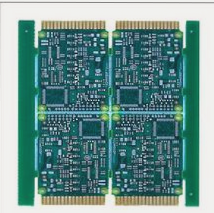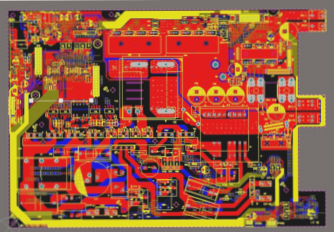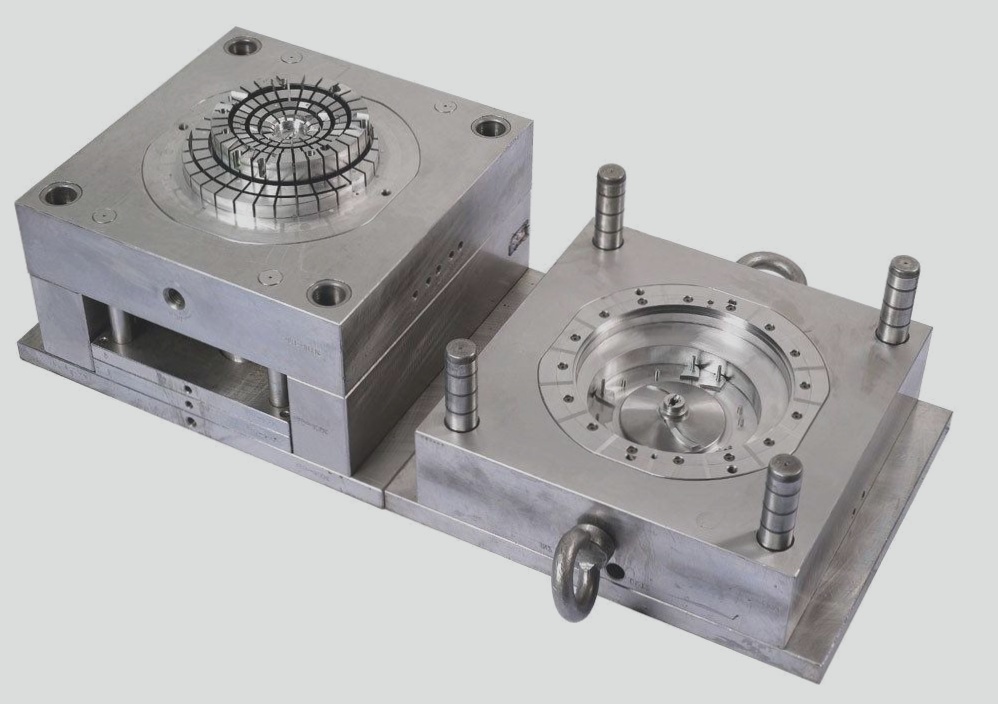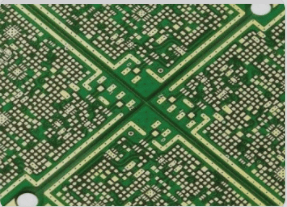PCBA Tin Penetration: Key Considerations
When it comes to PCBA processing, achieving proper tin penetration is crucial for ensuring solder joint integrity and overall product quality. Inadequate tin penetration can result in issues like false soldering, tin cracks, and component dropouts. Here are some essential points to keep in mind:
1. PCBA Tin Penetration Requirements
- IPC standards dictate that through-hole solder joints should have a tin penetration of over 75%.
- Ideal tin penetration should range between 75% and 100% of the hole height.
- For plated through holes connected to heat dissipation or conduction layers, a tin penetration of over 50% is necessary.
2. Factors Affecting PCBA Tin Penetration
Several factors influence PCBA tin penetration, including material type, wave soldering process, flux, and manual soldering techniques.
Material
High-temperature melting tin is permeable, but not all metals can be effectively penetrated. Metals like aluminum form protective layers hindering penetration, requiring flux treatment or cleaning.
Flux
Choosing the right flux is crucial for tin permeability. It removes oxides and prevents re-oxidation during soldering. Opt for high-quality flux for effective oxide removal.
Wave Soldering
Optimize wave soldering parameters like wave height and temperature to enhance tin penetration. Adjusting wave soldering temperature and conveyor speed can improve tin permeability.
Manual Soldering
In manual soldering, ensure correct iron temperatures and sufficient soldering times to prevent inadequate tin penetration. Selective wave soldering is recommended for applications requiring stringent tin penetration.




